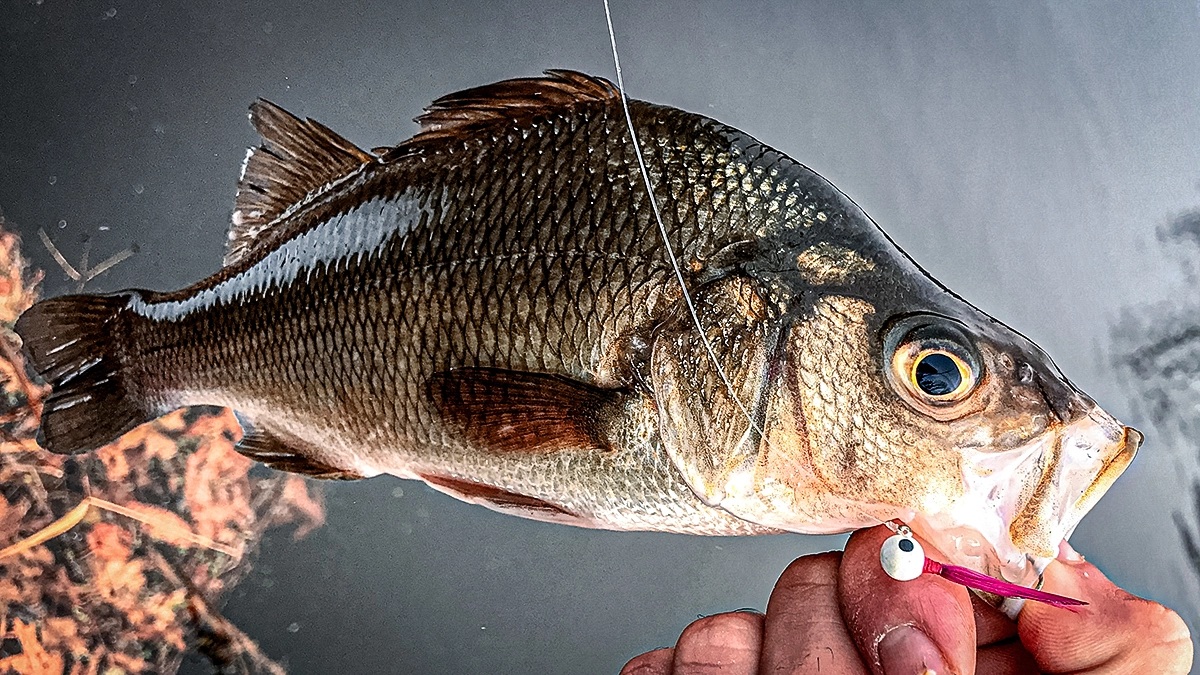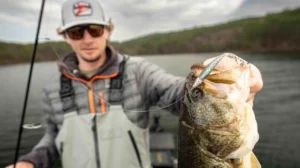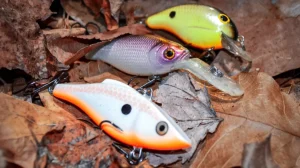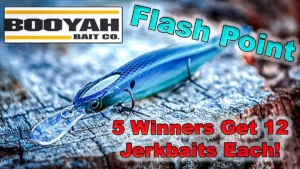When most anglers think of perch fishing, they think of filling coolers with the tasty striped variety, thinking about little besides getting a delicious perch fish fry going after a long day on the water. But what if I told you there was a better tasting perch species that could be targeted all winter long? Enter the white perch.
These fish will keep your line tight throughout the winter doldrums without having to drill a 6-inch hole in the ice. For many anglers across the country, especially those along the East Coast, this species is barely on the radar. But once you find them, white perch can provide you with some of the best days of fishing you’ll have all winter.
History on the “Silver Bass”
The white perch (Morone americana) isn’t actually a member of the perch family. It is more closely related to the striped bass, white bass, and yellow bass as a member of the “temperate bass” family (Moronidiae). While white and yellow bass inhabit many parts of the Midwest, these “silver bass” are its East Coast cousins.
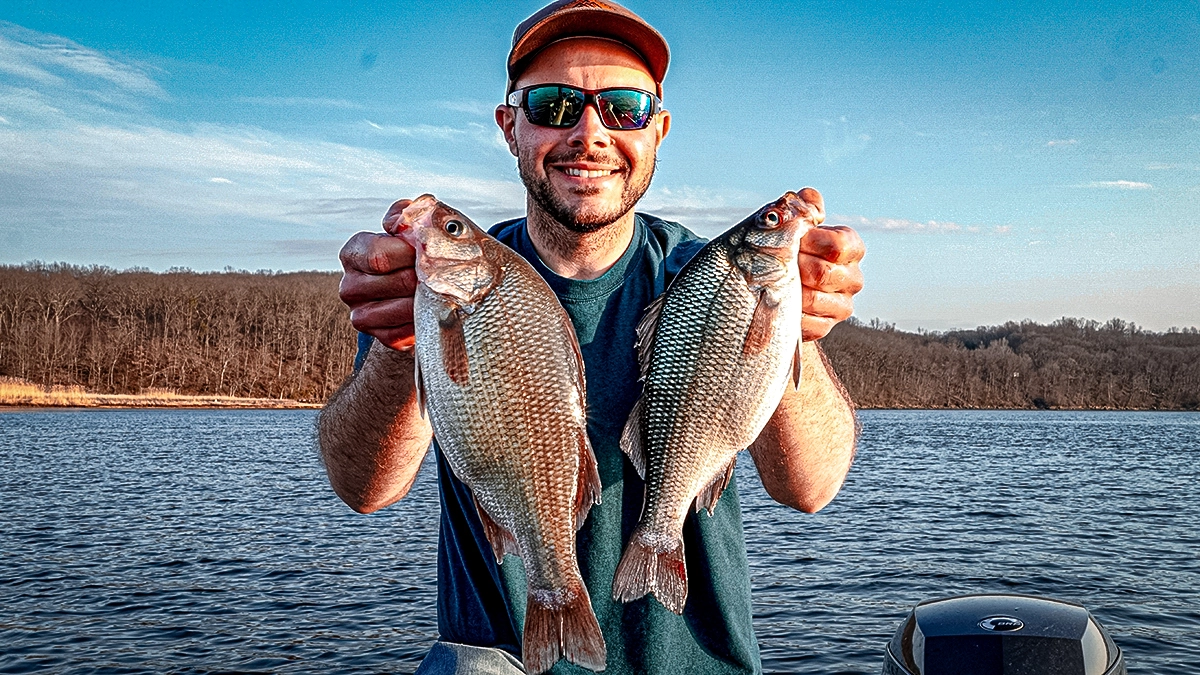
They can be found throughout tidal creeks from Nova Scotia to the southern parts of Maryland and Virginia. They are also landlocked in many lakes and ponds throughout the Eastern Seaboard. Generally, size varies between tidal white perch and their landlocked brothers and sisters.
The average size in tidal waters is around 8 to 14 inches, and those pushing the 16-inch mark are big fish. In landlocked locations, white perch tend to become stunted, because they reproduce very rapidly. The average size in lakes and ponds is around 6 to 8 inches with a large specimen breaking 14 inches.
How To Find and ID White Perch
Unlike their Midwestern counterparts, white perch are the only moronid species that lacks horizontal bars going down the side of their body — one of the easiest ways to recognize the species. These fish are more of a sharp silver color, hence the nickname “silver bass.” Their bodies are also covered in spines and they have sharp gills plates like walleye and yellow perch, so be very cautious when handling them.
You can often find these critters hanging around current breaks, deep holes, or low lying vegetation in tidal areas.
Their structure varies in tidal creeks and rivers, because their forage also varies quite a bit, from grass shrimp, killies, and silversides to scuds, small crabs, or whatever their small mouths can grab onto. Conversely, in lakes, they are extremely pelagic because most of their diet is limited to large zooplankton and small baitfish like alewife (herring).
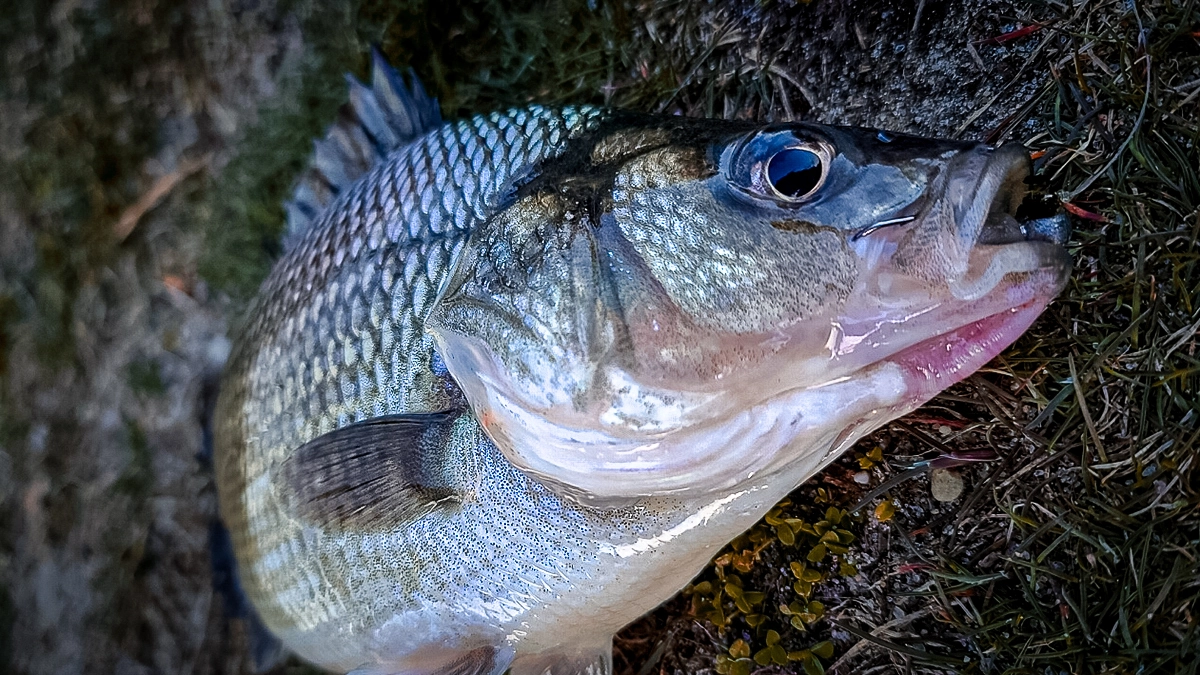
Tackle and Tactics for Tangoing with the White Perch
When it comes to tackle, I think many of you can already guess this is an ultralight game. You want some sort of light-action rod, a smaller spinning reel, and light braided line. The better the sensitivity on the setup, the better you’ll be able to feel those incredibly light bites.
Usually, the rods I use for yellow perch or even drop-shotting for bass work great for silver bass. Anything in that 6’10” to 7’2” light to medium light-action class of rods will work great, but keep in mind that the line you choose is extremely important.
I’ve always been a huge fan of the 5-pound Cortland Masterbraid. It’s super sensitive and holds its strength and color well. Add a 4- to 6-pound fluorocarbon leader, and you’re set for a day of fishing.
White Perch Bait
Baits can vary depending on what the fish are feeding on. You have to figure that out first, which can be a challenge at times. After many outings with Frank and Bill Falco over at Chasing Tails Bait & Tackle in Oakdale, New York, on Long Island, I know they have the local white perch game dialed.
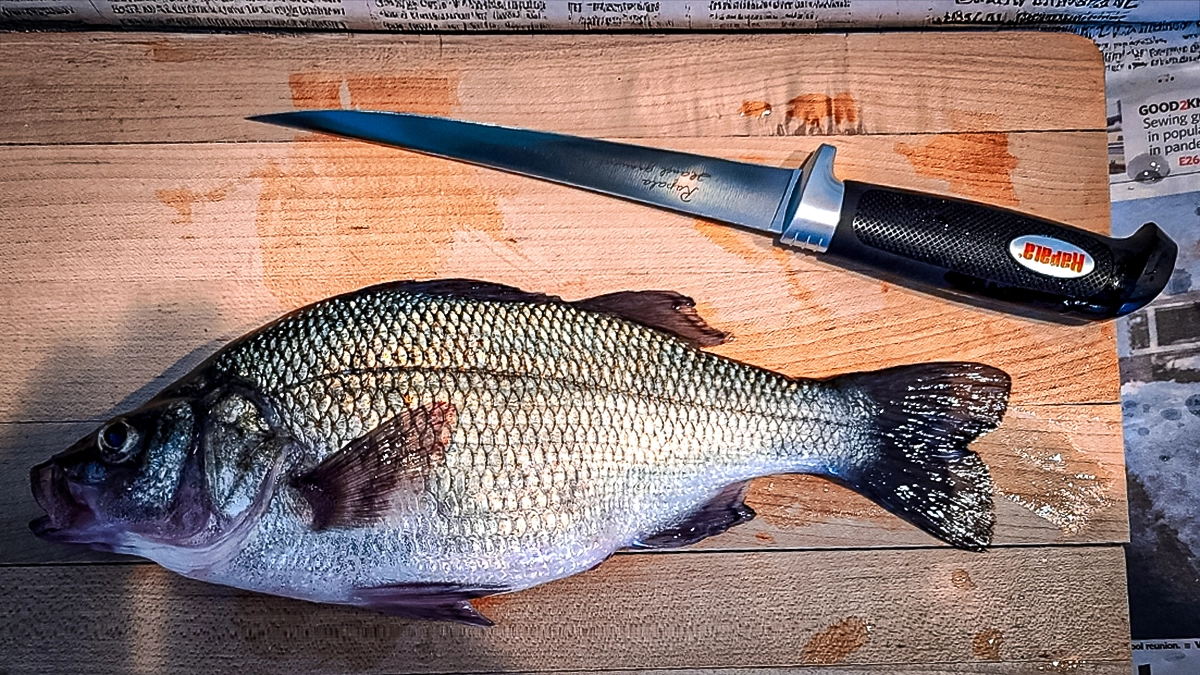
One of their go-to baits over the years, besides live grass shrimp dead sticked along the bottom with split shot, is a 2.75-inch Lunker City Fin-S Fish in either white or Arkansas Shiner color. You either want to stand out from the crowd with the white, or match the hatch with Arkansas Shiner, which has the same color pattern as many of the grass shrimp.
Pair that with a 1/16- to 1/8-ounce jighead, depending upon the tide and current. A small marabou hair jig in the same sizes also works extremely well. I’ve found the white and hot pink colors have always been the best bets when targeting white perch. The Aerojig Marabou Jig is a great choice, especially given its extremely small size to match the hatch.
Tactics
Frank always says you want an outgoing tide. Being a brackish water fish, white perch would rather be in freshwater than salt. Fishing at the dams of ponds or lakes that feed into salt water is typically stellar. Many of the local Long Island South shore ponds feed into small canals that eventually flow to the Atlantic. The outgoing tide flushes all the forage down into the deeper holes throughout the canal systems, and that’s where the perch love to hang out. Casting up current and working your bait as close to the bottom as you can is crucial to success.
When Bassmaster Elite Series pro Paul Mueller isn’t out chasing checks and blue trophies, he’s usually out chasing panfish with his family and clients on the lakes of New England.
Candlewood Lake in Connecticut, where Paul spends most of his time guiding, has some incredibly large white perch in it, enough to make his clients happy year after year.
“In many of our New England lakes, the alewife are what drive the white perch to get so big, especially young-of-the-year alewife,” Mueller said. Matching the hatch could not be more crucial.
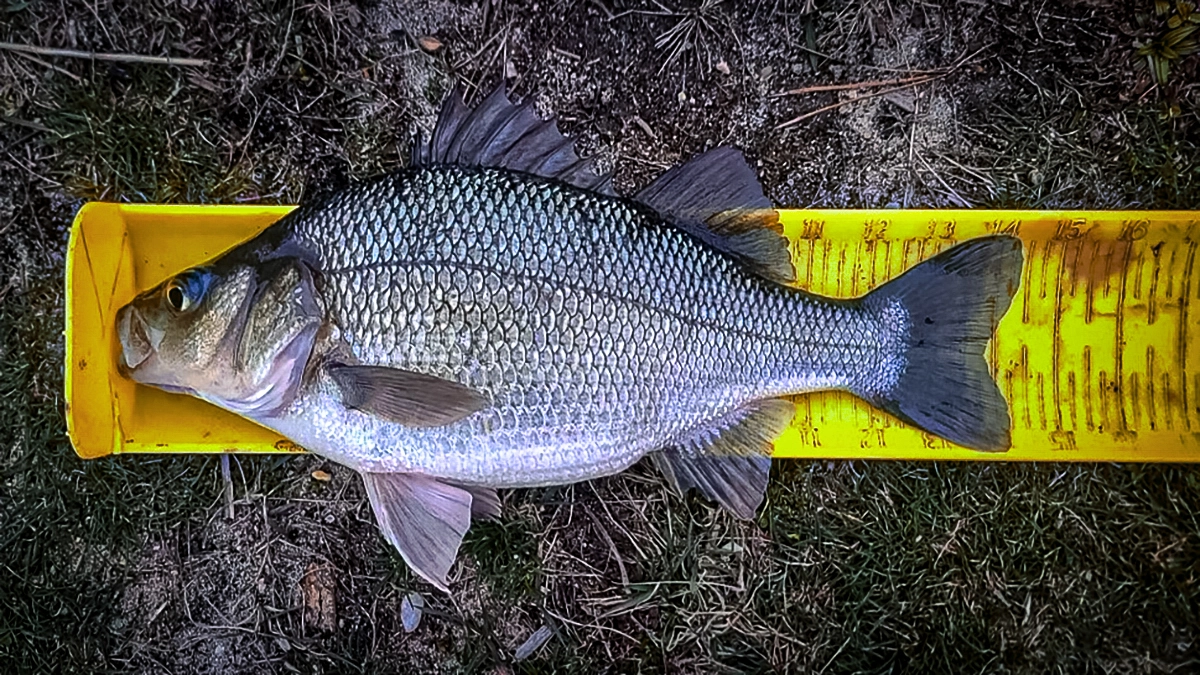
Mueller makes a lot of his own baits using Do-It Molds, and from what he says, they outcompete anything that’s on the market today when it comes to putting more fish in the boat for his clients. His bait of choice is a 2.5-inch Do-It Molds ES Crappie Fluke paired with one of the company’s Freestyle jigheads with a Gamakatsu 604-style hook in it.
“When I make these crappie flukes, I always try to add a little bit of glow powder in the plastisol to make that bait bright, and the same to the jighead,” he said.
When it comes to pelagic white perch, glow color is EVERYTHING! White perch in lakes love to feed during periods of low light, so cloudy days and the early morning/late evening time frame is your best bet according to Mueller.
Most of the time, Mueller uses electronics and forward facing sonar to locate schools of perch around baitfish, then casts the crappie fluke into the school to see their reaction.
“Whites aren’t like yellows or crappies,” he said. “They attack a bait a lot faster and react a lot quicker to the bait’s presence. It’s much easier to get a school of whites fired up as opposed to yellows.” Once a school gets fired up, it can be lock-and-load fishing.
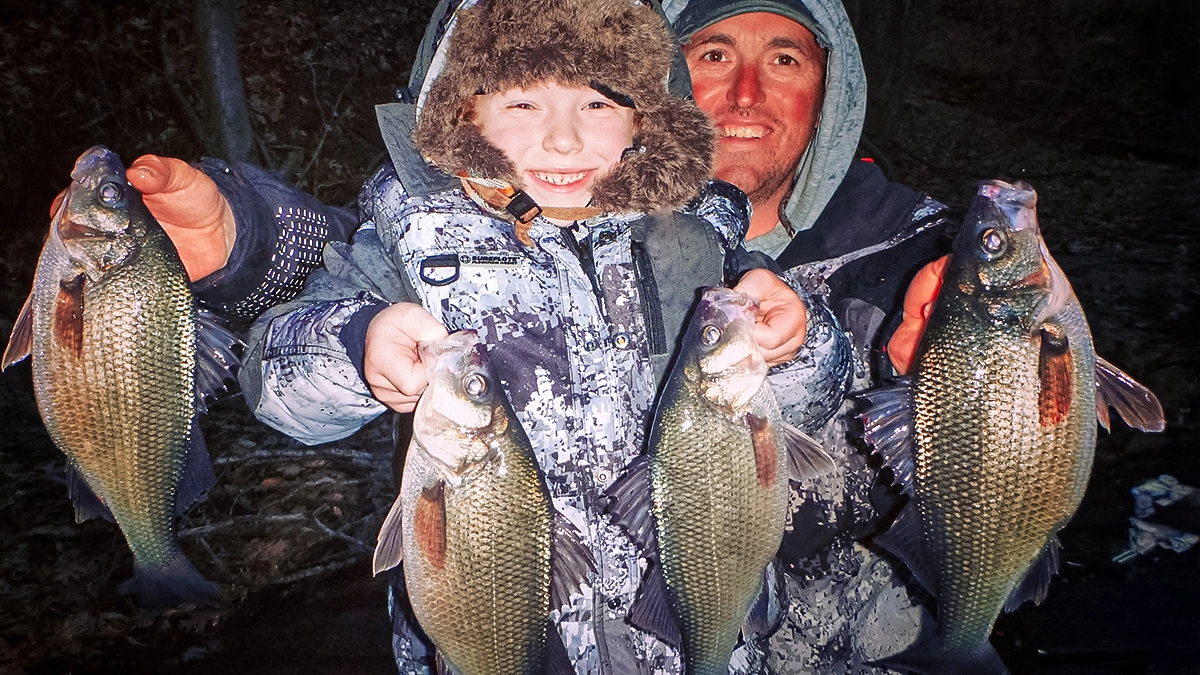
Excellent Table Fare
Perch get people all fired up all the time, but it’s often in the kitchen. I mean, c’mon, who doesn’t love a good fish fry or fish taco night when the game’s on? White perch is a great choice for both, and in my opinion, better tasting than most yellow and white perch, and Mueller agrees.
“It’s the closest thing to eating striped bass and other saltwater fish coming from freshwater, it’s delicious!” he said, which makes perfect sense, since they’re all from the same family.
The meat is quite firm, but flaky, making it perfect for fish frys and especially fish chowder. There’s a significant red-meat line close to the skin, so make sure to clean that part out when you’re fileting your catch.
In the winter when there’s not much going on and you want to wet a line, give these feisty fish a try. Who knows, they could bring a smile to your face and a few extra bags of filets for the freezer.


